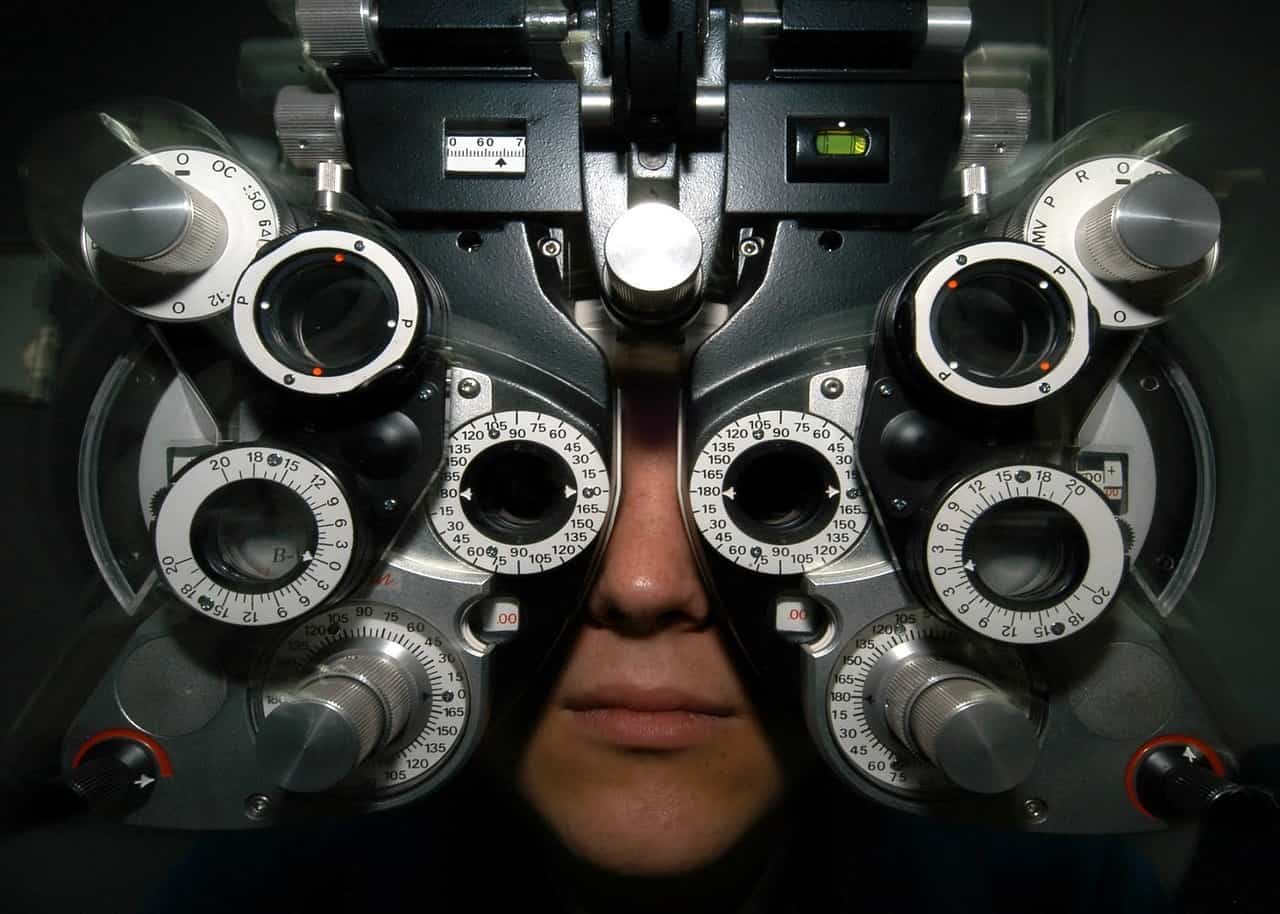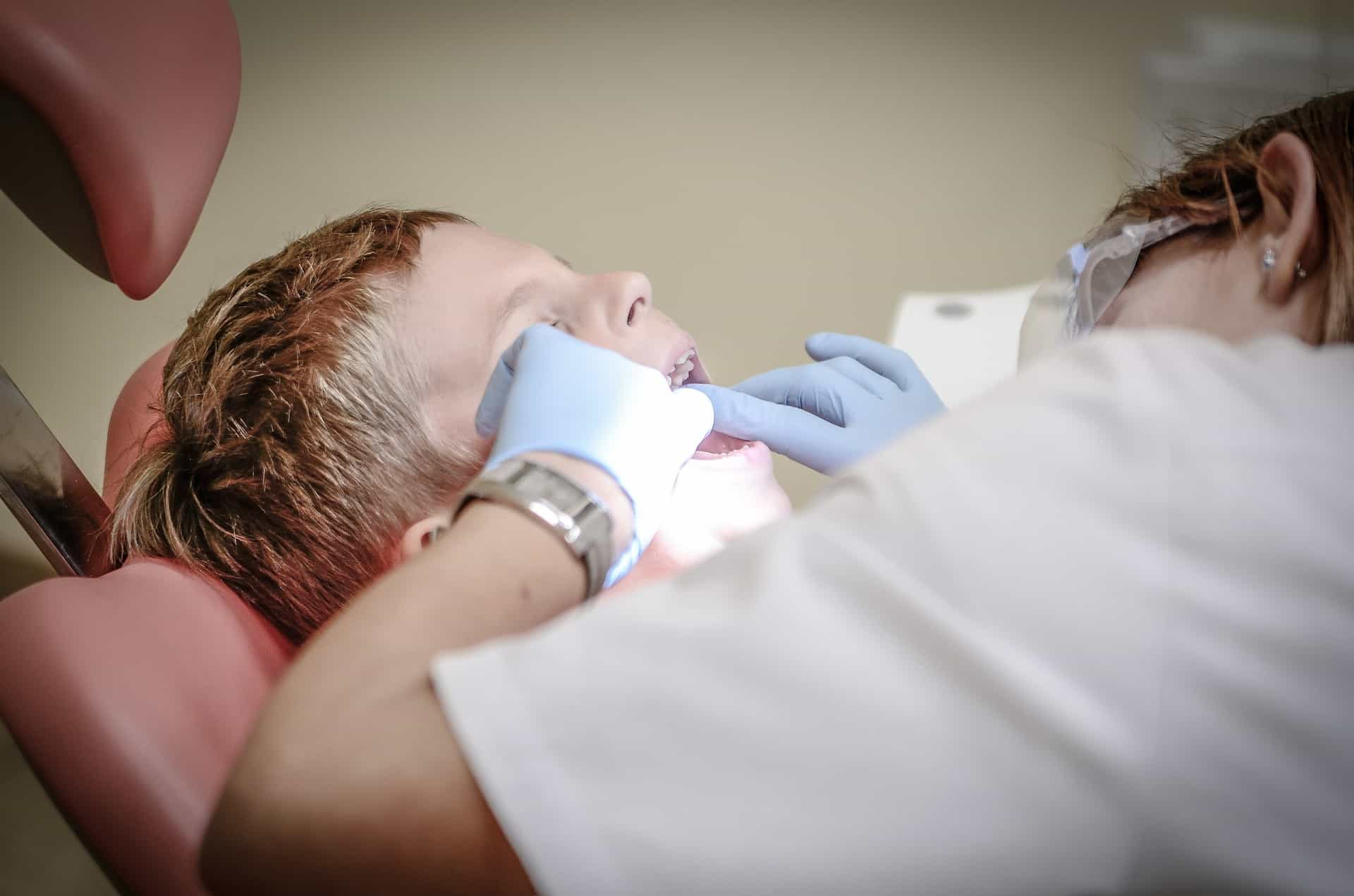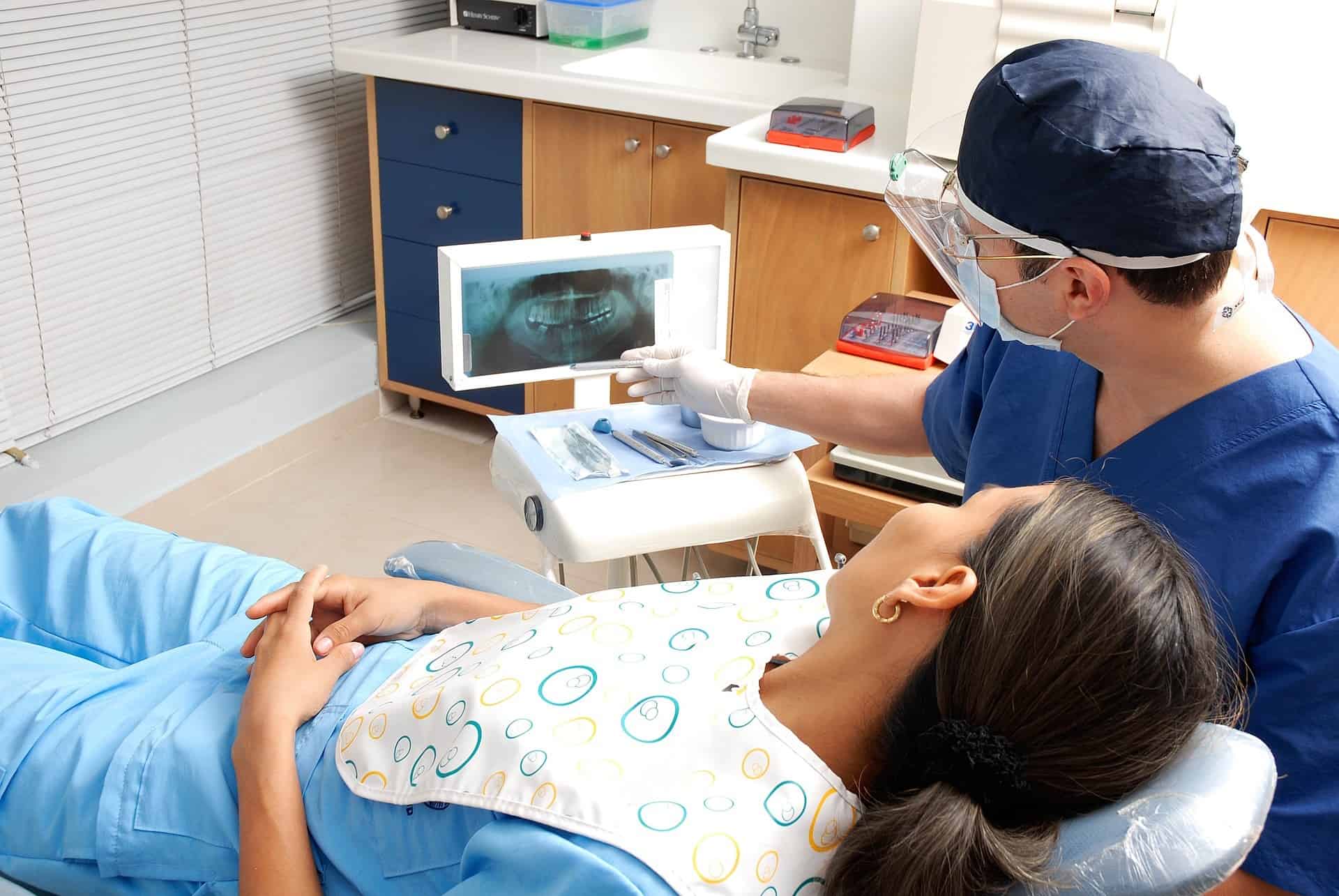In the United States, healthcare is currently built around a reactive model of care. Preventative care is a nice idea, but realistically — due to picky insurance policies, the high cost of care, and a disengaged public — doctors spend more time trying to minimize the effects of illness than preventing it in the first place.
The effects are catastrophic. It may sound alarmist, but according to Bradley University, seven in ten deaths in the United States can be attributed to preventable diseases. Seven in ten.
Clearly, something is wrong with that picture. In a perfect world, preventable diseases would be a thing of the past, and medicine would focus more on overcoming viruses, infections, and acute injuries while maintaining health through positive lifestyle choices. If individuals were more involved in their own care, and the system provided better resources, that number might decrease, ushering in a new age of longevity without needing sci-fi advances in technology.
Even those who are considered health conscious occasionally drop the ball. Leading a conventionally healthy lifestyle can even cause individuals to skip care altogether, with the rationale that they’re doing everything right, so nothing must be wrong. For others, it might mean a once-a-year wellness visit but eschews care perceived as an auxiliary, such as dental or vision exams.
For practitioners operating outside of the traditional medical doctor in a family clinic setting, getting patients to commit to consistent care even when nothing is acutely wrong can be incredibly challenging. Many factors play a role, including insurance and finances, geographic access, and attitudes towards public health, and each is uniquely difficult to overcome. However, battling these roadblocks is essential for shifting from reactive care to proactive care and creating a healthier population.
Benefits of Regular Visits

Image source: https://pixabay.com/en/eyeglasses-exam-optometry-vision-2003188/
Throughout early years and schooling, physical exams are encouraged and required for children and adolescents. In some cases, individuals may be restricted from activities like sports or class trips based on a doctor’s sign off. However, you rarely see individuals restricted from participation based on dental or vision prerequisites. As people grow out of their school years and no longer have an external check, capitulation to wellness standards may lag even further behind.
Disregarding preventative care can have a slew of consequences, almost none of which are positive. When individuals don’t interface with their care providers on a regular basis, it limits the ability of doctors, nurses, dentists, and optometrists to provide the best information possible for the patient’s needs. Though a person may not be experiencing any acute symptoms or conditions, they may be at risk for larger problems down the road.
For instance, when patients see a dentist regularly, their dentist can provide feedback on flossing, gum health, brushing habits, and other oral hygiene habits that deter deterioration. People who regularly receive teeth cleanings are less likely to develop gum disease, cavities, or other preventable oral ailments. They’re also more likely to catch oral cancer in its early stages, rather than later down the road when treatment is less successful. Sadly, almost two-thirds of oral cancer cases are currently found in late stages due to lack of regular dental care.
Lack of routine eye care can result in similar problems. Few people will seek out eye care unless they have noticeable problems with their vision, like the inability to read street signs or headaches after reading. However, it’s not always easy to identify vision problems — shifts in ability may occur so subtly they’re barely noticeable day-to-day. Regular eye appointments can keep tabs on an individual’s eyesight, as well as screen for conditions like astigmatisms and ocular melanoma.
Catching problems like this early (or preventing them altogether) works to save patients money in the long term. While it’s more money out of pocket now, it’s much cheaper to pay for regular teeth cleanings than for multiple fillings or a root canal. Often, patients cite money as an obstacle to obtaining treatment, when the reality is that more frequent, less expensive visits will cost less over time than treating problems that have already progressed.
Beyond heading off degenerative or preventable diseases, visiting the dentist and optometrist more frequently allows patients to form a relationship with their providers. When patients are more familiar with the clinic, practitioner, and procedures, they will experience less anxiety around the visits and be more comfortable speaking about health concerns that may arise.
Obstacles to Regular Care

Image source: https://www.pexels.com/photo/agreement-blur-business-close-up-261679/
Patients may avoid seeking care for a variety of reasons. Some don’t feel they need it, others experience anxiety around treatment, and entire populations don’t even have access to a practitioner. Regardless of the reason, avoiding regular care is detrimental to the health and wellness of the individual, and understanding those reasons is the first step to combating them.
Psychological Reasons
Unfortunately, the majority of patients don’t develop a relationship with their optometrist or dentist that fosters consistent, proactive care. Going to the dentist may be one of the most bemoaned obligations in society; it seems that universally, people hate the dentist. In part, this arises from not wanting to get “in trouble” for not flossing often enough or being less-than-diligent about brushing. No one wants to feel chided as an adult, even if it’s for something they know is good for them, but they still don’t do.
When patients are aware they’re performing actions detrimental to their oral or visual health, like not flossing or spending too much time staring at screens, they may be further deterred from seeking care. It can be overwhelming or frightening to face the prospect of something truly being wrong or needing to change habits they are accustomed to. In this case, ignorance is bliss, at least for a time. Putting off care can allow small problems to grow into large ones, eventually forcing the patient to seek emergency or acute care for something that may have been preventable.
Financial Reasons
However, until it gets to the point where symptoms are apparent, some patients avoid care because they don’t want to pay for something they don’t feel they need. It’s no secret that healthcare is expensive. Just going to the doctor for what seems like a simple visit can easily turn into a hefty bill — why risk that for care that feels auxiliary and unnecessary?
Dental and vision care are rarely covered under the same insurance plan as a patient’s conventional medical care, meaning that coverage may cost more or feel like an add-on. With this mindset in place, shelling out extra money on top of doctor’s visits causes people to balk. On top of that, the coverage offered may not be that great, or only cover a fraction of what a provider thinks a patient needs.
Even if they don’t wear glasses or have a history of cavities, though, patients are at risk for vision or tooth integrity degrading over time. Often, the process is so gradual that people won’t notice until they’re driving in a new place and realize they can’t read the road signs, or suddenly eating ice cream is painful. With regular care, changes are monitored and headed off before they become serious, or even dangerous, without the patient knowing.
Accessibility Reasons
Related to financial hardship are accessibility issues. When significant time, travel, or another form of energy is required to see a provider, the likelihood of frequent visits decreases. For a single parent working multiple jobs to stay afloat, potentially with no health benefits, the financial hit of having to take time off to visit a provider is too much. The patient not only takes a hit financially regarding paid time lost, but they also have to contend with paying for care, potentially out of pocket. When jobs don’t provide adequate funds to live or don’t offer employer insurance plans, it makes it nearly impossible to access regular care.
For populations in rural or otherwise underserved populations, physically getting to a clinic may be an impossibility. Small towns may only have one doctor if any, and seeing a specialist will almost always require significant travel. Again, travel translates into a monetary cost as well as time lost — time away from work, away from farming, or away from family.
In some rural areas, low provider density is being combatted through telehealth — that is, providers visit with patients through video chat or on real-time messaging systems to follow up on plan adherence or address minor issues that arise. While the technology is helpful for follow up care and initial evaluations (to determine if more comprehensive treatment is necessary), it’s significantly less helpful when talking about dental cleanings or vision exams. Both aspects of care still require human presence and a decent amount of equipment, generally necessitating travel.
Health and wellness should be a high enough priority for people that it surpasses the need for convenience. However, when obtaining healthcare infringes on the capability of a person to maintain a livable wage or a functional life, convenience becomes a necessity. To become sustainable, factors of time, money, and priorities need to meet in the middle, creating a product that is accessible to all while continuing to serve patients effectively.
Combatting Obstacles to Care

Image source: https://pixabay.com/en/dentist-pain-borowa%C4%87-cure-nfz-428646/
Getting patients to seek dental and vision care more consistently is a daunting task and a responsibility that can be taken on by several entities. To exact long-term behavior change in humans, it must require little personal effort – the easier something is to do, the more likely that the behavior will be adopted. An individual’s medical care is ultimately their responsibility, but the influence of family, caregivers, and environmental processes can shift the tide of care adherence.
For Patients:
- Be proactive in understanding insurance coverage and seeking out care. Insurance plans all have quirks and unique rules. Spending time with the plan booklet or a customer service representative can facilitate understanding of what’s covered. Once that’s understood, seek care at an approved or in-network provider and make sure to communicate with the clinic what your benefits are. The office staff should verify this information as well.
- Schedule appointments well in advance and stick with them. After you see a dentist or optometrist, they will usually offer to schedule the next appointment before you leave, even if that’s six months to a year in the future. Take the offer. It can be hard to get in to see a specialist, especially if you need a yearly exam (these take more time). Once you’ve scheduled, don’t break it unless necessary.
- Prioritize health and create habits to support the importance of regular care. This may mean creating a new section in your budget to save for care, doing extra research to find a clinic open on the weekends, or working new oral or ocular care practices into your routine.
- Think long-term and plan for your future. You get one body; it only makes sense to take care of it. Preventative care can catch problems before they become debilitating and offer you long-term solutions. It may feel like a lot of money, time, or energy in the meantime, but over the years, you stand to save even more.
For Providers:
- Use technology to your advantage. Almost all practice management software offer appointment reminders. Set these up for every patient. You can also advertise specials, exemplify model patients on social media, and bring back dormant patients with email campaigns.
- Go paperless by adopting an electronic health record. If you need to refer the patient, look up a detailed chart, or work with another provider, having all your records stored electronically makes the process cheaper, faster, and altogether easier. Just make sure that all your systems are HIPAA compliant.
- Forge relationships with PCPs to foster referrals. When patients are referred to optometrists or dentists by their PCP, they’re more likely to see the additional visits as part of their complete health picture and commit to the visits.
- Look into integrated care teams and how they work in your area. Not only are you eligible to pick up new patients, but you’ll also be able to work closely with a variety of providers to create a plan for the whole health of a patient. When medical professionals across multiple disciplines work cooperatively to create a functional care plan for a patient, treatment adherence is increased, and patients see benefits across the board. This model is already somewhat exemplified by senior care advisors – as people age, their need for medical care and the coordination thereof increases.
- Make care accessible as much as you can. There are some factors that your office can’t control, but there is still opportunity. Consider extending hours to accommodate individuals who can’t take time off work. Offer payment plans to help patients who may have no insurance or very poor coverage. If you’re near a rural area, see if there’s an opportunity to create a mobile care system with other providers in the region. Every bit of effort helps.
For insurance companies:
- Create resources for your clients to understand their care. Staffing enough customer service representatives to help providers, patients, and benefits coordinators to keep tensions low and make information accessible. If coverage is understood and utilized for preventative care on a regular basis, your company will pay less money in the long run.
- Include basic coverage for vision and dental in medical plans. Not all individuals who have medical insurance have the option to adopt dental and vision care as well. If basic screenings are covered in a wellness visit or annual allowances, patients will benefit.
- Support the community through corporate social responsibility. Set aside a portion of profits for improving the health of the people you serve. This may mean writing off some medical debt as charity or sponsoring home visits for the sickest regions you serve. Fostering a sense of responsibility and trust with your patients will make them more willing to rely on the services you provide and to follow through on beneficial personal health habits.
It’s said that it takes a village to raise a child. The thing is, it doesn’t stop with childhood. There’s no point at which an individual doesn’t benefit from the strength and support of his or her community. Increasing patient adherence to dental and vision appointments won’t happen overnight, and it will require a massive effort from all sides. Hopefully, though, with a few pivotal changes, the whole picture of health will evolve to include more than an annual wellness visit.
The post 11 Great Ways to Increase Adherence for Regular Vision and Dental Care appeared first on ReferralMD.
from Health Care Technology – ReferralMD https://ift.tt/2IlWhYL
via IFTTT


No comments: